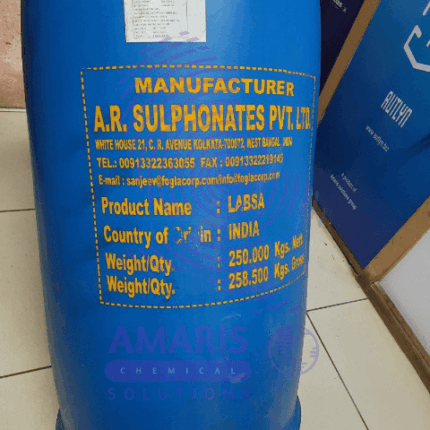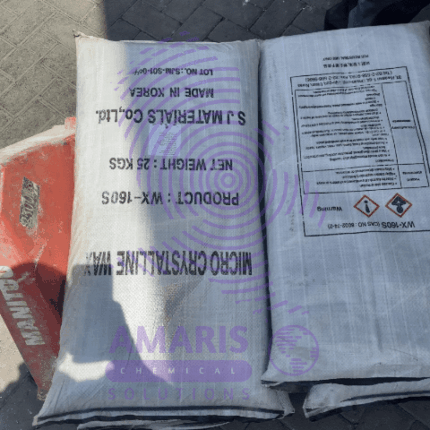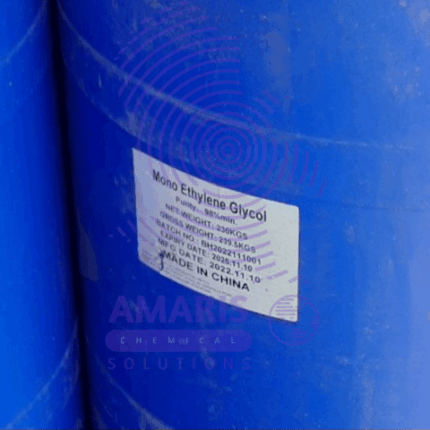
frequency-and-signal-generator
Uses of frequency-and-signal-generator
- Circuit Testing and Troubleshooting:
It is used to generate signals of different frequencies to test and troubleshoot electronic circuits, ensuring they respond correctly to expected inputs.
- Calibration of Instruments:
These devices help in the calibration of oscilloscopes, amplifiers, and other test equipment by providing a reference signal of known frequency and amplitude.
- Communication System Development:
In labs working on communication technologies, signal generators are crucial for simulating radio frequency (RF) signals, modulating carrier waves, and testing communication systems’ performance.
- Simulation of Real-World Signals:
Signal generators can produce waveforms that mimic real-world signals (e.g., audio, RF, and digital pulses) for simulating conditions and environments in product development and testing.
- Component Testing:
It is used to apply known waveforms to components like resistors, capacitors, and transistors to observe their behavior under specific signal conditions.
- Research and Education:
In academic settings, they are used to teach students about signal theory, waveform generation, and how signals interact with various electronic devices and systems.
- Frequency Response Analysis:
By generating signals across a range of frequencies, they help analyze the frequency response of filters, amplifiers, and other frequency-dependent components.
- Modulation Testing:
Frequency generators are used in testing modulation schemes (AM, FM, and PM) to verify the performance of transmitters and receivers.



 LABORATORY EQUIPMENT & APPARATUS
LABORATORY EQUIPMENT & APPARATUS
 Fertilizers
Fertilizers Plant Growth Regulators
Plant Growth Regulators Soil Conditioners
Soil Conditioners Animal Feed Additives
Animal Feed Additives Biostimulants
Biostimulants Dough Conditioners
Dough Conditioners Flour Treatments
Flour Treatments Fat Replacers
Fat Replacers Preservatives (baking)
Preservatives (baking)
 Surfactants (cleaning)
Surfactants (cleaning) Builders
Builders Bleaching Agents
Bleaching Agents Enzymes
Enzymes Solvents (cleaning)
Solvents (cleaning) Fragrances
Fragrances


























Reviews
There are no reviews yet.